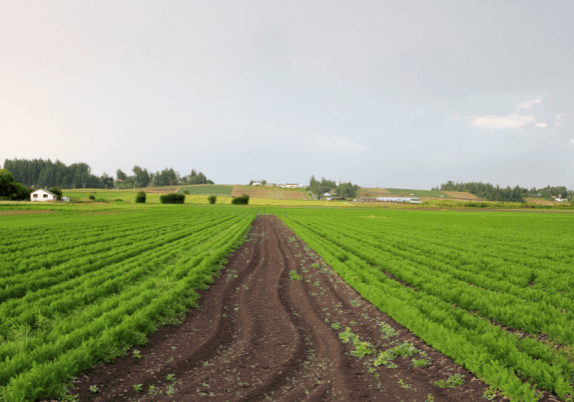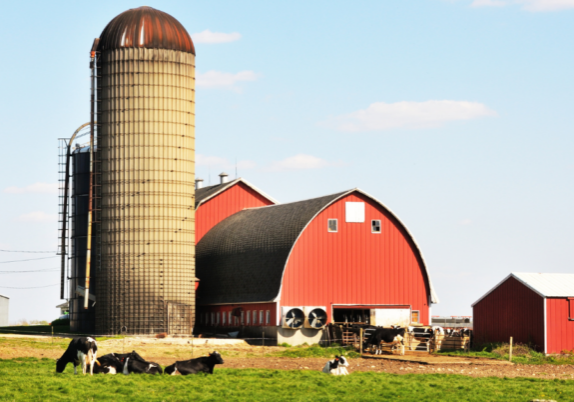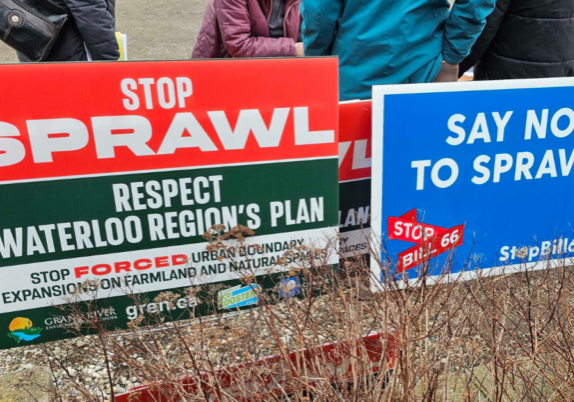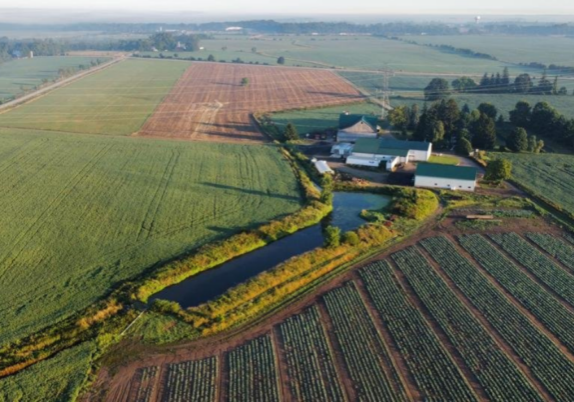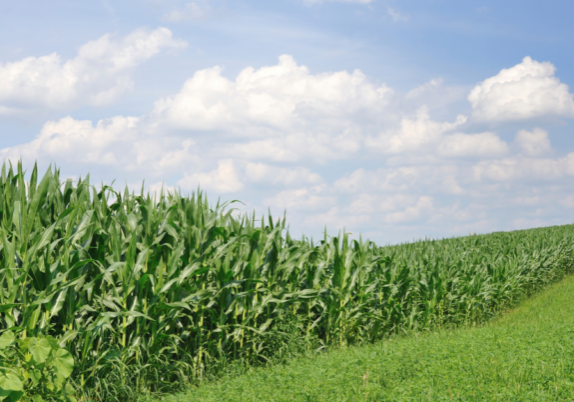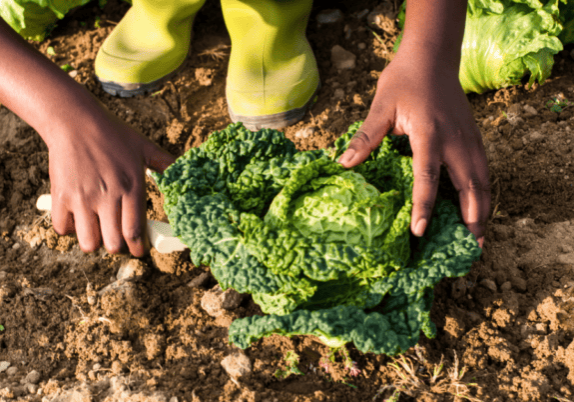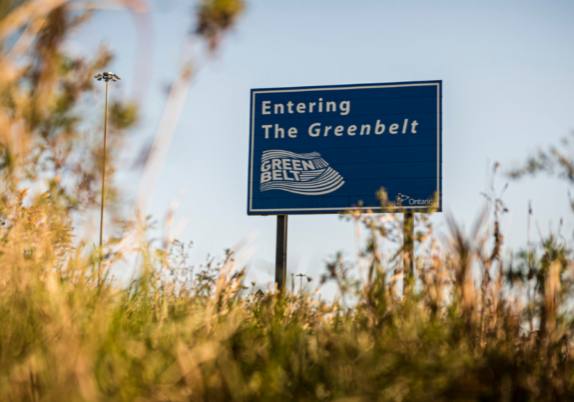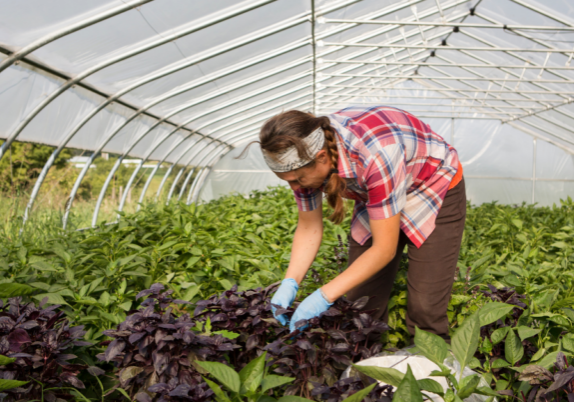NFU-O Response To Restored Protections to Duffins Rouge Agricultural Preserve
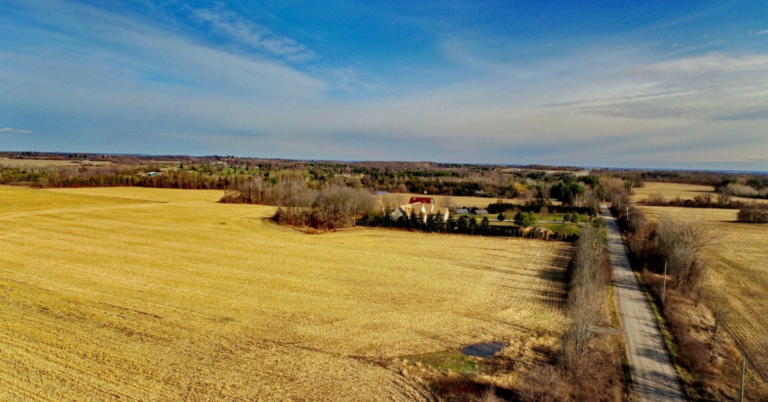
Minister Smith,
Re: ERO 019-7735 New Act Regarding the Duffins Rouge Agricultural Preserve Easements and Covenants
The National Farmers Union – Ontario (NFU-O) is pleased to see that the Ontario government has decided to restore the protections for the Duffins Rouge Agricultural Preserve (DRAP) easements and covenants, and return these lands to the Greenbelt. These lands are unique due to their proximity to an urban centre, and are crucial to sustainable agriculture and local food initiatives in the region.
The NFU-O is an accredited farm organization representing thousands of sustainable farmers in Ontario and has advocated for farmers across Ontario since 1969. Members work together to achieve agricultural policies that ensure dignity and income security for farmers, while protecting and enhancing rural environments for current and future generations.
To ensure that the DRAP lands are permanently protected and sustainably stewarded moving forward, the NFU-O recommends the Ministry:
1. Designate a land trust, such as the Ontario Farmland Trust, to hold the DRAP conservation easement agreements. This will ensure the long-term protection and management of these lands, instead of leaving them vulnerable to potential development threats through policy changes.
2. Direct the Ministry of Municipal Affairs and Housing to reinstate the Central Pickering Development Plan (CPDP) as a guiding document for DRAP land use. The CPDP is a crucial document that helps direct sustainable agricultural activities in the area, but it was revoked by the Ministry of Municipal Affairs and Housing in December 2022, pursuant to subsection 4(8) of the Ontario Planning and Development Act, 1994. The CPDP provides a guide to how regional authorities can better protect DRAP prime agricultural resource lands, spur farming investment through value-added enterprises, address niche market opportunities like organic farming and agri-tourism, and encourage sustainable agricultural activities. The CPDP provides a blueprint to ensure the management of this land contributes to regional food security, and should be reinstated.
3. Support small-scale farming opportunities on these lands by awarding long-term leases to small-scale farmers, and ensuring these lands are equipped with infrastructure like irrigation and storage buildings. Given their proximity to a major urban centre, the DRAP lands are ripe for small-scale, local food production. While they are predominantly farmed by broad-crop farmers for the export market, with modest investments in infrastructure, these lands could support a network of local food producers serving the immediate community. Doing so would greatly increase the overall economic value of this land, and support investments in soil health and natural heritage features protection.
We believe the province’s decision to return the DRAP lands to the Greenbelt is an important first step. To further the government’s commitment to protecting these lands, we advocate conservation easements be managed by a land trust with unwavering interest in farmland protection, the reintroduction of the CPDP, and public investment to support the transition of this land for local and regional food production. Considering the DRAP lands’ unique location close to a large urban population, we know more could be done with these lands to ensure they are being used to serve local communities and help to grow local food markets in Ontario.
Sincerely,
Max Hansgen
President, National Farmers Union – Ontario
